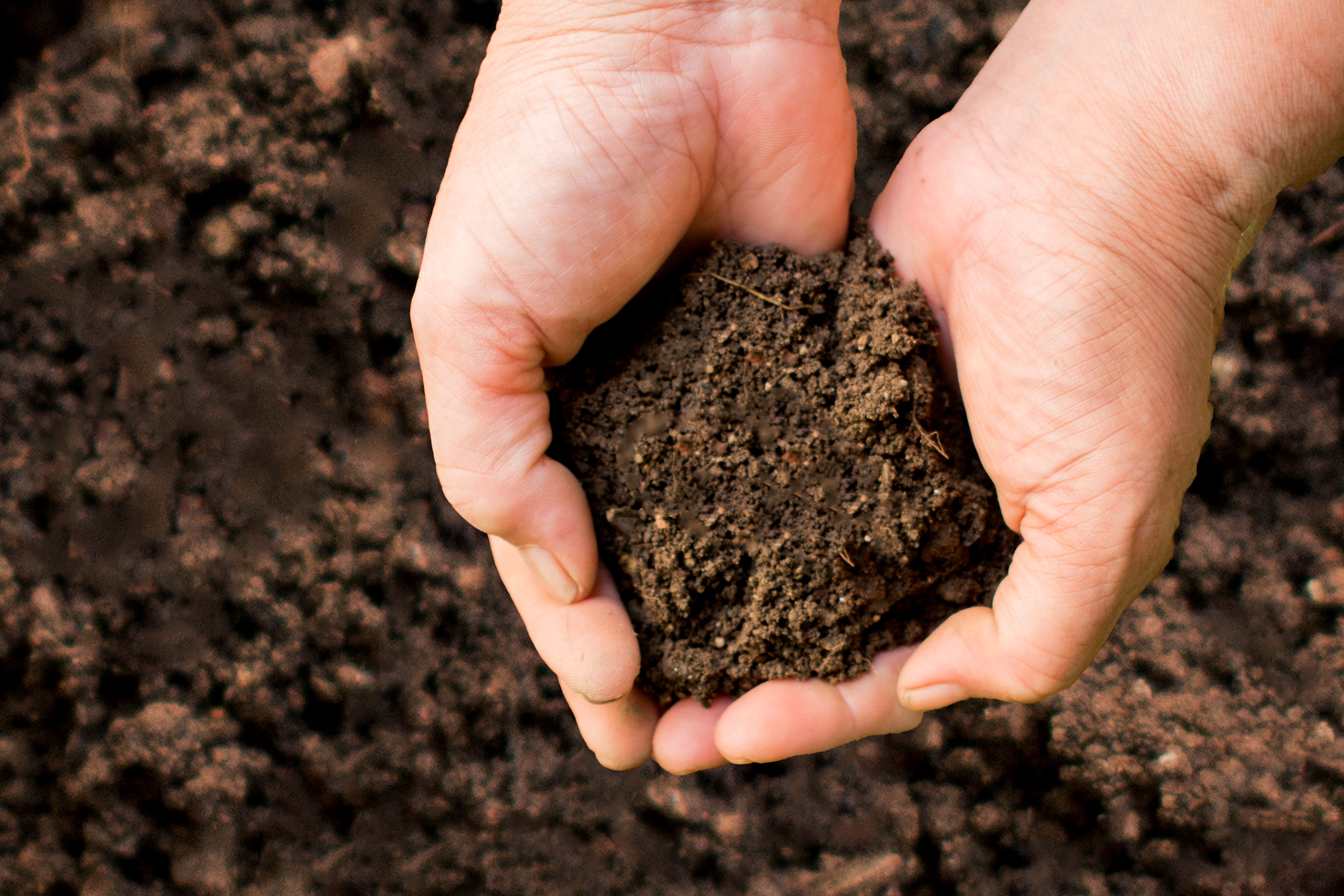A healthy soil is vital to ensure both high yields and future high yields, as well as environmental protection - there are no negative consequences on the ecosystem from having a healthy soil! But what is a healthy soil?
Soil health can be defined as a soil’s ability to function and sustain plants, animals and humans as part of the ecosystem. However, due to the opacity of the soil and the fact that (most of the time) plants grow, the health of the soil is often over looked. There are five main factors that impact the health of the soil and can have a large influence over its capability and resilience to function, they are:
Soil structure
Soil chemistry
Organic matter content
Soil biology
Water infiltration, retention and movement through the profile
A healthy soil will have a good combination of all these factors, whilst an unhealthy soil will have a problem with at least one of these. Whether there are structural problems - compaction, plough pans; or water-logging; these issues will have a cascade effect until all the other factors are impacted. A healthy soil will provide a buffer to extremes in temperature and rainfall - reducing the impact of extreme weather events; it will also be able to maintain productivity and function within an agricultural system. A healthy soil has plenty of air spaces within it, maintaining aerobic conditions.
When a soil has limited air spaces, anaerobic conditions dominate, leading to waterlogging and stagnation of roots and the proliferation of anaerobic microbes and denitrification (the loss of nitrogen from the system). A healthy soil will filter water slowly, retaining the nutrients and plant protection products (PPP) applied to the crop. If rainfall moves through the soil profile too quickly or if it is prevented from entering the soil through compaction or soil sealing, surface runoff increases, taking soil, nutrients and PPP with it, increasing the risk of flooding.
Post time: Feb-17-2022






